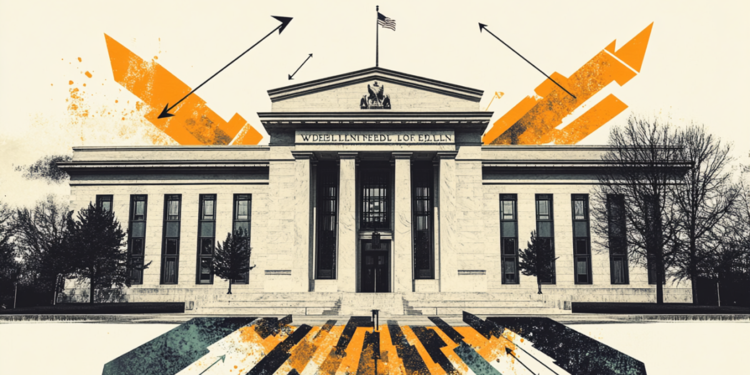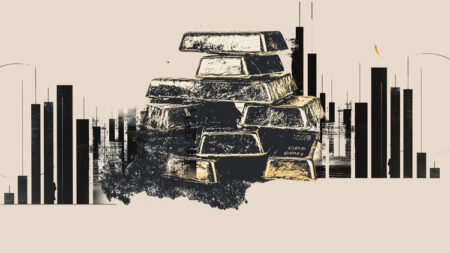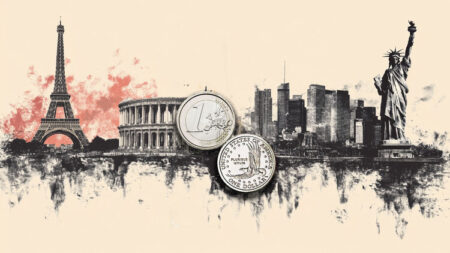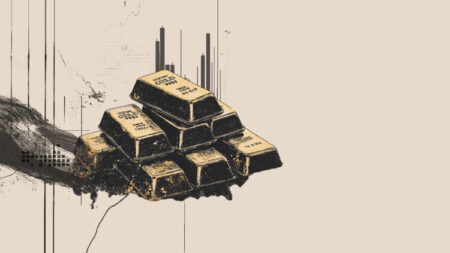In an interview with CNBC on Friday, Federal Reserve (Fed) Governor Christopher Waller said that the Fed is in a position to cut the policy rate as early as July, per Reuters.
Key takeaways
“Central banks should look through tariff effects on inflation.”
“I do not think inflation impact from tariffs will be big, trend is looking good.”
“Not sure if committee would go along but the data is good, unemployment is low, inflation is close to target.”
“The Fed has room to bring rates down and then can see what happens with inflation.”
“The process should start slow to be sure there are no surprises, if there is a shock the fed could pause.”
“So far the data has been fine, with no reason to wait much longer to cut.”
“The tariffs should pose a one-off level effect on prices and not be a persistent boost to inflation.”
“The Fed has been on pause for six months waiting for an inflation shock that has not arrived.”
“The job market is solid, but starting to see things like high unemployment for recent graduates.”
“Seeing job creation coming down and other things that are suggesting the labor market is getting weaker.”
“The fed should not wait for the job market to crash in order to cut rates.”
Market reaction
The US Dollar (USD) Index edged lower with the immediate reaction to these comments and was last seen losing 0.15% on the day at 98.63.
These comments received a dovish score of 3.4 from FXStreet Speechtracker. As a result, FXStreet Fed Sentiment Index retreated within the hawkish territory, declining from 108.84 to 107.23.
Fed FAQs
Monetary policy in the US is shaped by the Federal Reserve (Fed). The Fed has two mandates: to achieve price stability and foster full employment. Its primary tool to achieve these goals is by adjusting interest rates.
When prices are rising too quickly and inflation is above the Fed’s 2% target, it raises interest rates, increasing borrowing costs throughout the economy. This results in a stronger US Dollar (USD) as it makes the US a more attractive place for international investors to park their money.
When inflation falls below 2% or the Unemployment Rate is too high, the Fed may lower interest rates to encourage borrowing, which weighs on the Greenback.
The Federal Reserve (Fed) holds eight policy meetings a year, where the Federal Open Market Committee (FOMC) assesses economic conditions and makes monetary policy decisions.
The FOMC is attended by twelve Fed officials – the seven members of the Board of Governors, the president of the Federal Reserve Bank of New York, and four of the remaining eleven regional Reserve Bank presidents, who serve one-year terms on a rotating basis.
In extreme situations, the Federal Reserve may resort to a policy named Quantitative Easing (QE). QE is the process by which the Fed substantially increases the flow of credit in a stuck financial system.
It is a non-standard policy measure used during crises or when inflation is extremely low. It was the Fed’s weapon of choice during the Great Financial Crisis in 2008. It involves the Fed printing more Dollars and using them to buy high grade bonds from financial institutions. QE usually weakens the US Dollar.
Quantitative tightening (QT) is the reverse process of QE, whereby the Federal Reserve stops buying bonds from financial institutions and does not reinvest the principal from the bonds it holds maturing, to purchase new bonds. It is usually positive for the value of the US Dollar.
Read the full article here
















